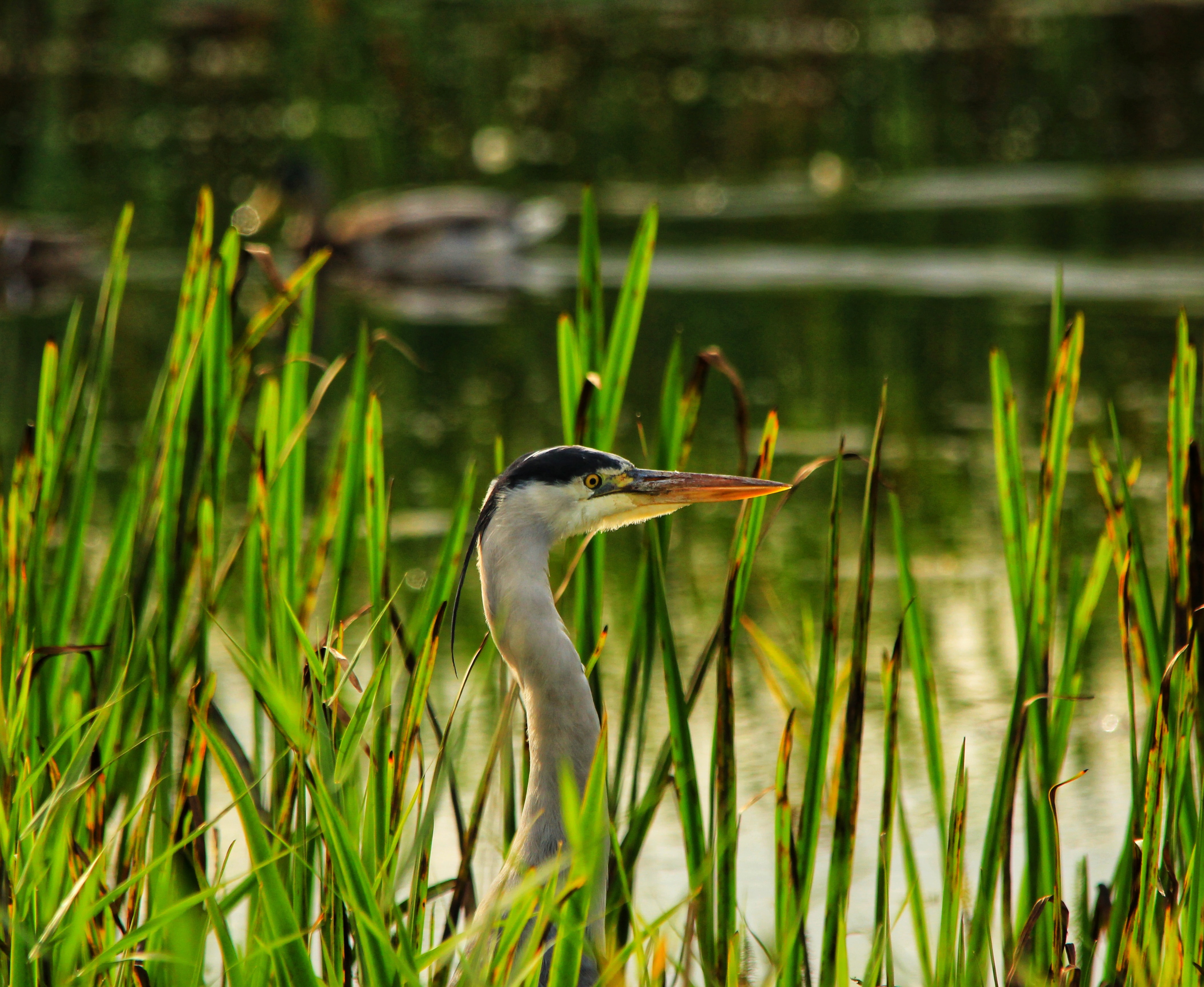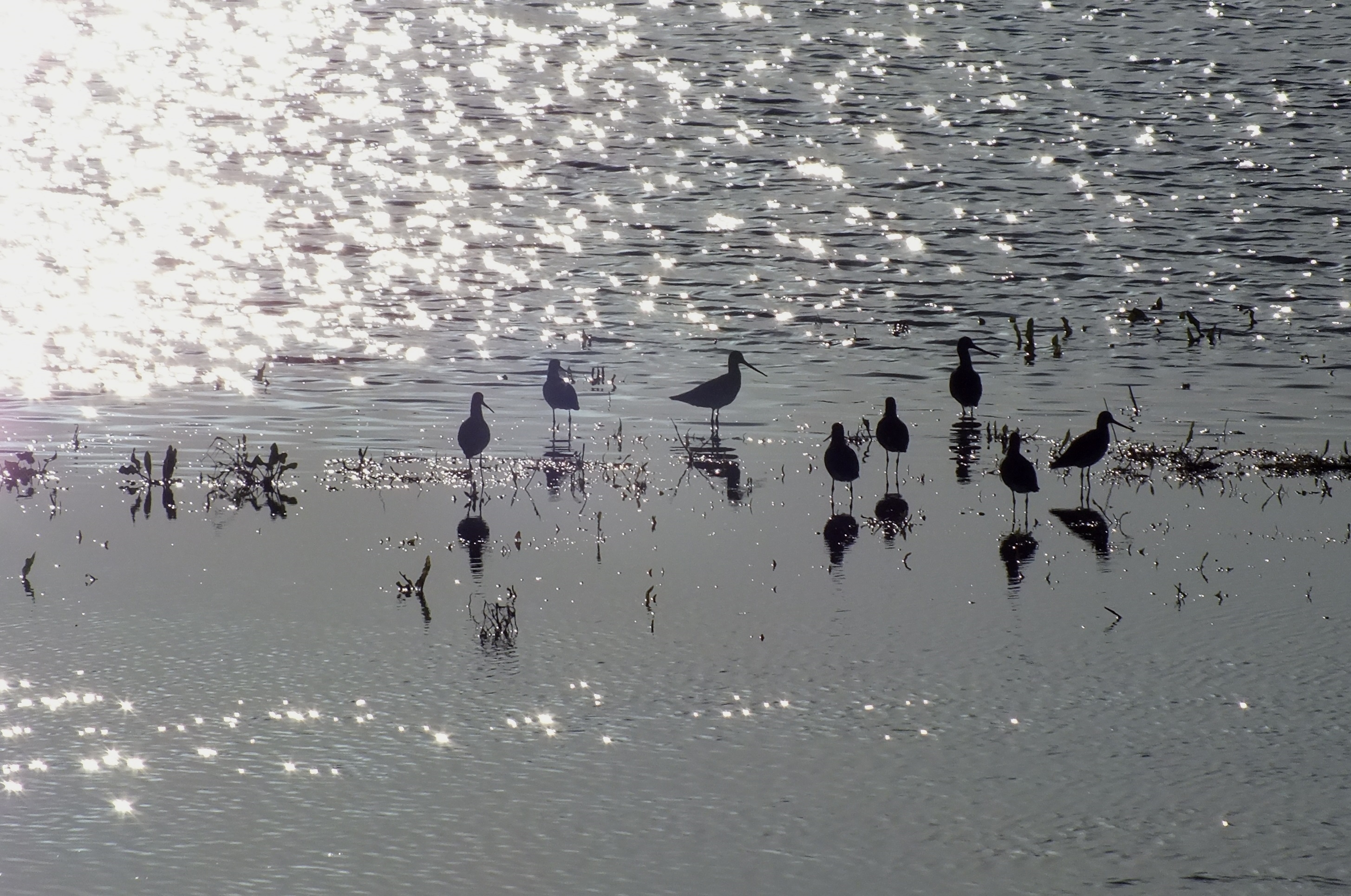
There are some bold, large-scale plans for improving and providing space for fenland wildlife and we often hear these ideas mentioned – but what do they mean and what changes will they make? Our expert partners help us out below:
The Wicken Fen Vision
In 1899 the first two acres of Wicken Fen were purchased by the National Trust for £10. Since then, we’ve been looking after this special place which is home to more that 9,000 plants and animals. Launched in 1999, the Wicken Fen Vision is a 100 year plan to create a diverse landscape for wildlife and people over an area of 53 square kilometres; an historic landscape that will provide space to breathe, think and explore for the modern world.
In the first 20 years we more than doubled the size of the nature reserve; but the need for the Vision is greater than ever before with demands on our environment continuing to increase. The Wicken Fen Vision will deliver on a landscape scale to give nature the space it needs. It will continue to expand to create a healthy natural and beautiful environment that it bigger, better and more joined for both wildlife and people.
Sarah Smith, Wicken Fen
Doubling Nature
Cambridgeshire and Peterborough have some wonderful wildlife sites, but these occupy but these occupy about 8% of the area which is a very low proportion by comparison with other English counties.
But we need nature to help improve air and water quality, combat climate change, and to increase the quality of life and public health that access to nature brings.
Although there are now many superb projects helping to reverse declines in nature in the county, as one of the fastest growing economies in the UK it also needs one of the fastest nature recovery programmes.
Therefore, Natural Cambridgeshire (The Local Nature Partnership) has set a vision to Double Nature in both quantity and quality by 2050, to ensure that we have an environment in which both nature and people thrive, and businesses prosper.
Achieving this vision will require even more focused effort to enhance existing areas of rich wildlife habitat and accessible green-space and create new ones, to which the proposed Fens Biosphere will be a key contributor.
Roger Mitchell, Cambridge Conservation Forum & Natural Cambridgeshire.

The Fens RSPB Priority Landscape
The Fens is one of 37 ‘Priority Landscapes’ around the UK where the Royal Society for the Protection of Birds will focus its conservation work. Our vision is to safeguard and restore the natural values that the Fens are renowned for. The core sites of this landscape will be the RSPB reserves at the Ouse and Nene Washes, internationally important for their breeding waders and wintering wildfowl. We will work to safeguard and improve these sites and aim to expand the network of priority habitats like wet grassland and fen mire in the surrounding landscape with landowner partners. We will work with land managers to improve the prospects of key farmland species like Turtle Dove and Corn Bunting. We will also work with partners and communities to try to address long term issues surrounding water management and carbon emissions.
Daniel Pullan, RSPB

